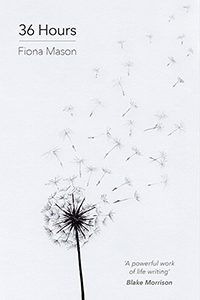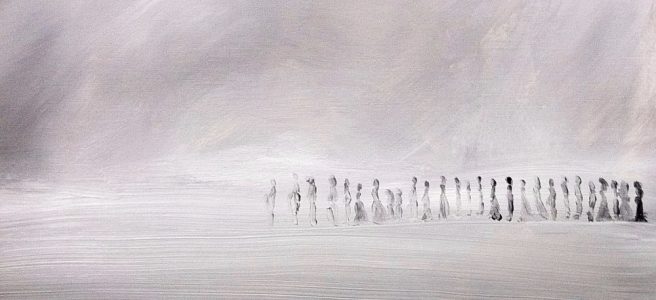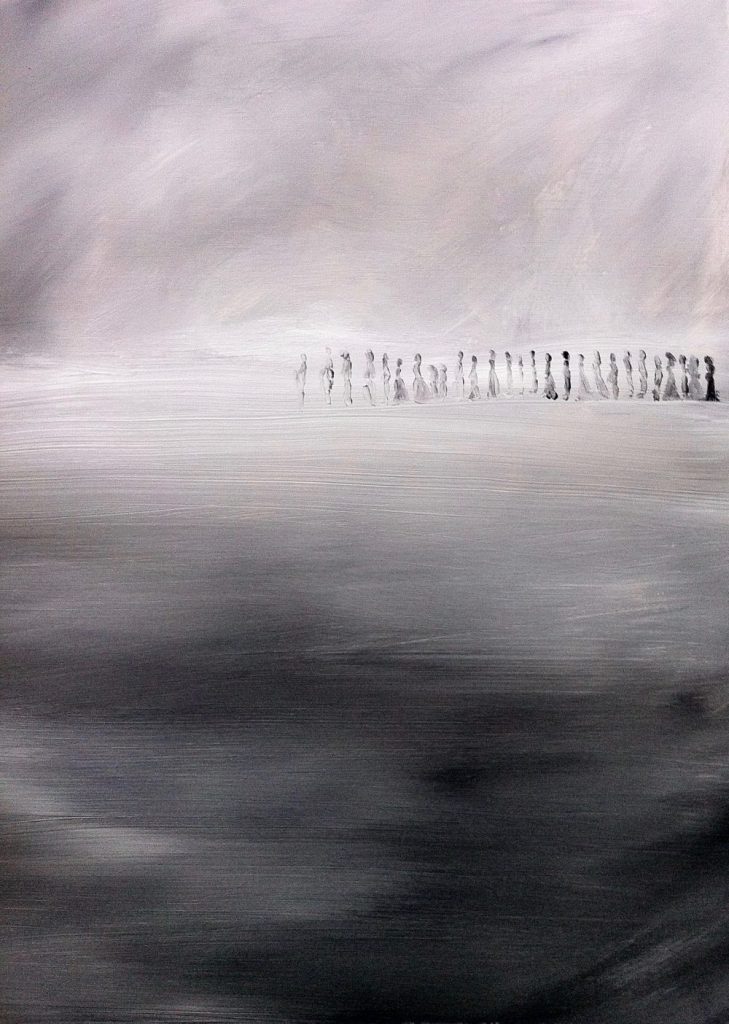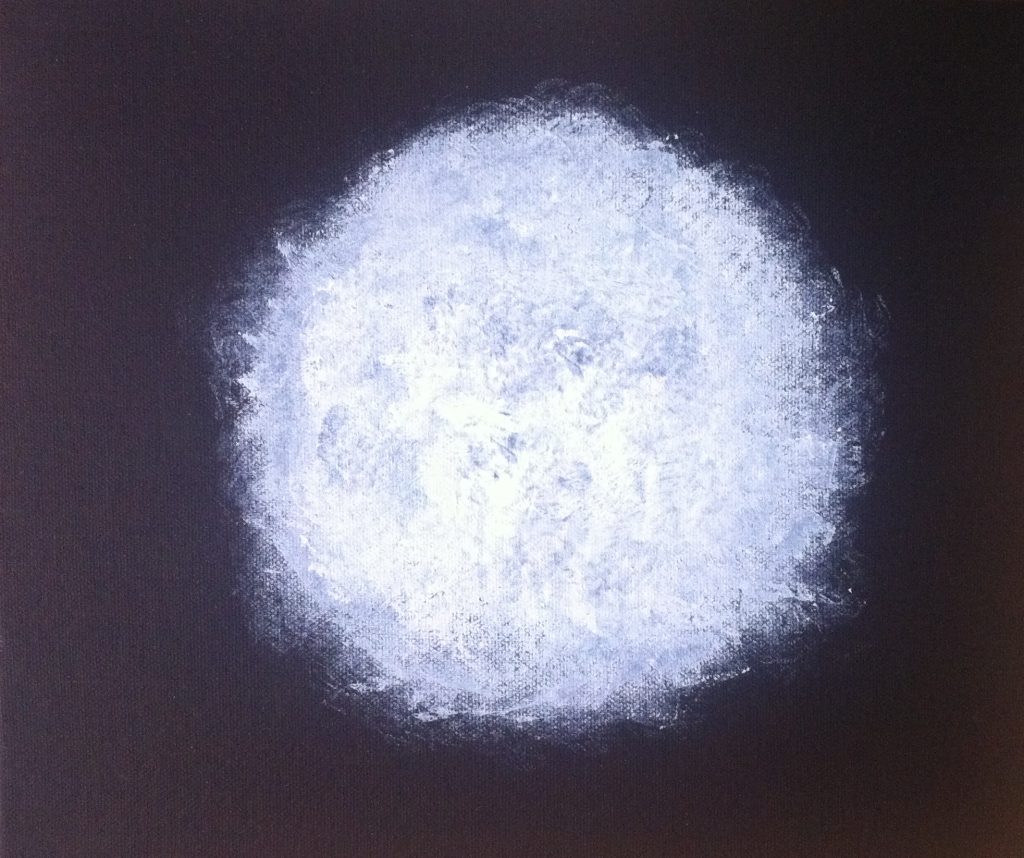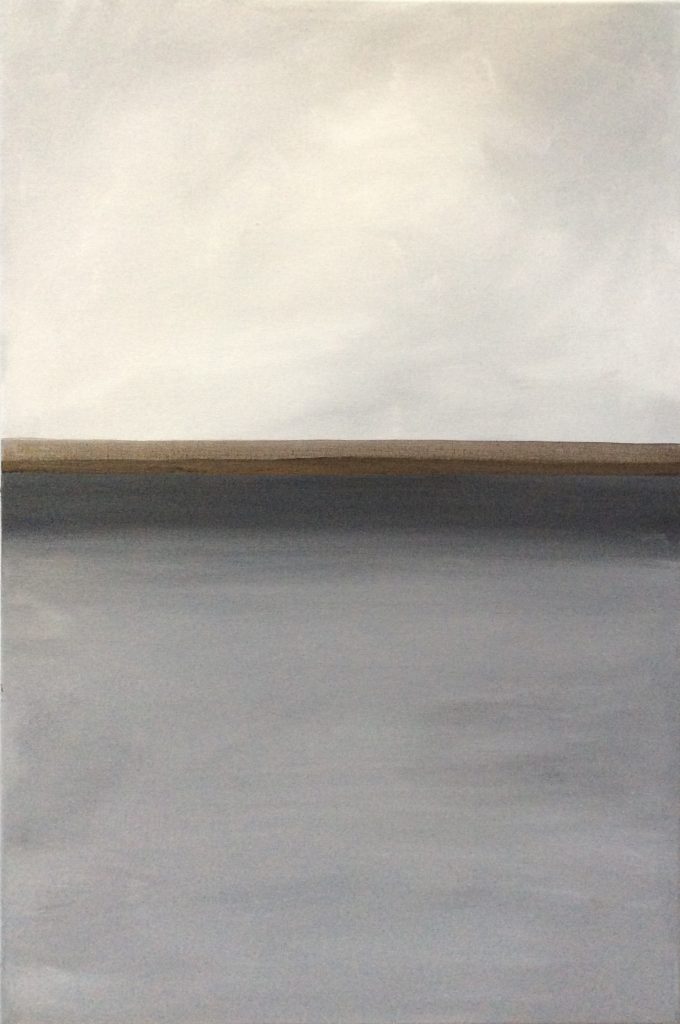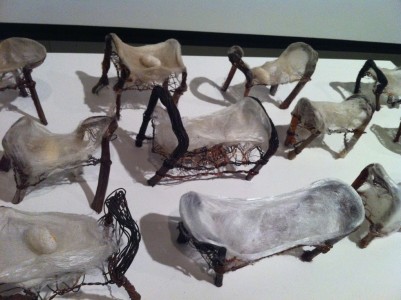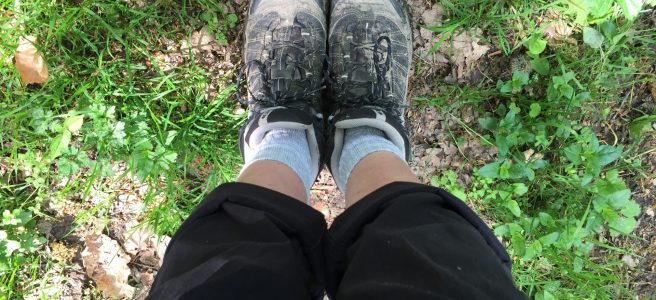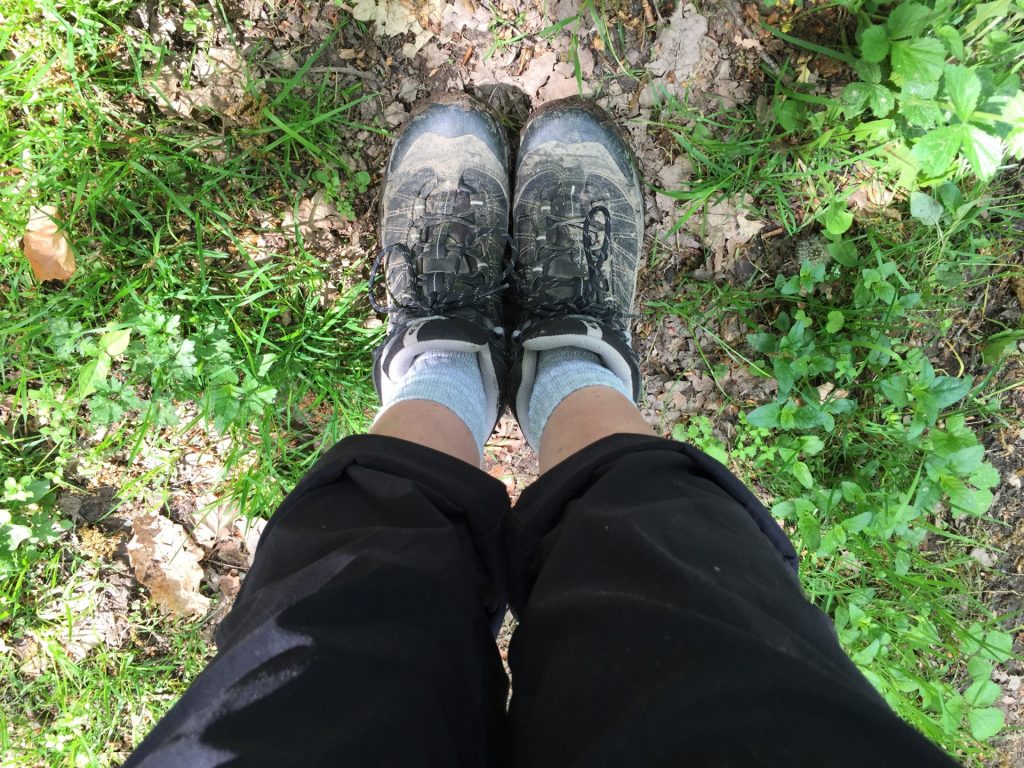I’m delighted to announce the publication of 36 Hours.

ABOUT
Less than a year after being diagnosed with inoperable cancer, Fiona Mason’s husband died at home. She was his carer. Unflinching in its detail, this book is a delicate chronicle of his last day and an account of thirty-six hours that changed her life. It’s also an invitation to find better ways to talk about death and dying.
Buy Now
Bookshop.org: https://bit.ly/3sAbAFF
Waterstones: https://bit.ly/36HoursFM
Kindle Edition: amzn.to/3EWct16
Amazon: https://amzn.to/3EmOXKi
Buying from EU or overseas? EMAIL for details.
REVIEWS
Fiona’s intimate account of the last 36 hours of a man’s life is a powerful work of life writing. It’s courageous, tender, exasperated, angry, lyrical and occasionally even funny, but never voyeuristic. The simplicity of the prose and the honesty of observation are compelling. BLAKE MORRISON
This is a beautiful and moving account by Fiona Mason of her husband’s death at home. Their experience of care professionals, who attended in person yet without compassion, is so deftly observed it made me wince. A perfect 36 Hour memoir. It’s incredibly powerful. It’s beautifully told. It’s a gem. I think this is a book that has the power to make a difference. DR KATHRYN MANNIX
Very moving and beautifully written. Marvellously clear and brave. JENNY UGLOW OBE
Powerful and precise writing. It tackles elusive emotional states in a highly nuanced way. The detail is so lovingly preserved and presented. SASHA DUGDALE
Rarely have I felt so transported by someone else’s words. Fiona draws you into the most intimate and personal of spaces and offers you the privilege of sharing 36 hours that would normally be invisible to the outside world. With great honesty and generosity, she invites us into her home as she cares for her dying husband. It’s an invitation you won’t want to turn down. BOBBIE FARSIDES, Professor of Clinical and Biomedical Ethics, Brighton and Sussex Medical School
36 Hours addresses an area of real current debate and interest and does so in a way that prioritises both aesthetic and human concerns equally. Committed and talented writing. CHRIS GRIBBLE, National Centre for Writing
The writing is vivid and very clear, highlighting the delicate balance and poignancy of the work involved in end-of-life care and the minutiae of support involved in the simplest of daily activities, making the mundane poetic. A remarkable piece of work. KATE FLATT OBE
Deeply moving and intensely raw. LI MILLS, Death Doula
I’m in awe of the honesty and openness with which Fiona described her experience. Her account is a wonderful way of opening up some much-needed conversations about death and dying, not only at a public/societal level but, also at the patient-professional level. DR SIMONE ALI, Consultant in Palliative Medicine
***** Waterstones
***** Goodreads
***** Amazon

